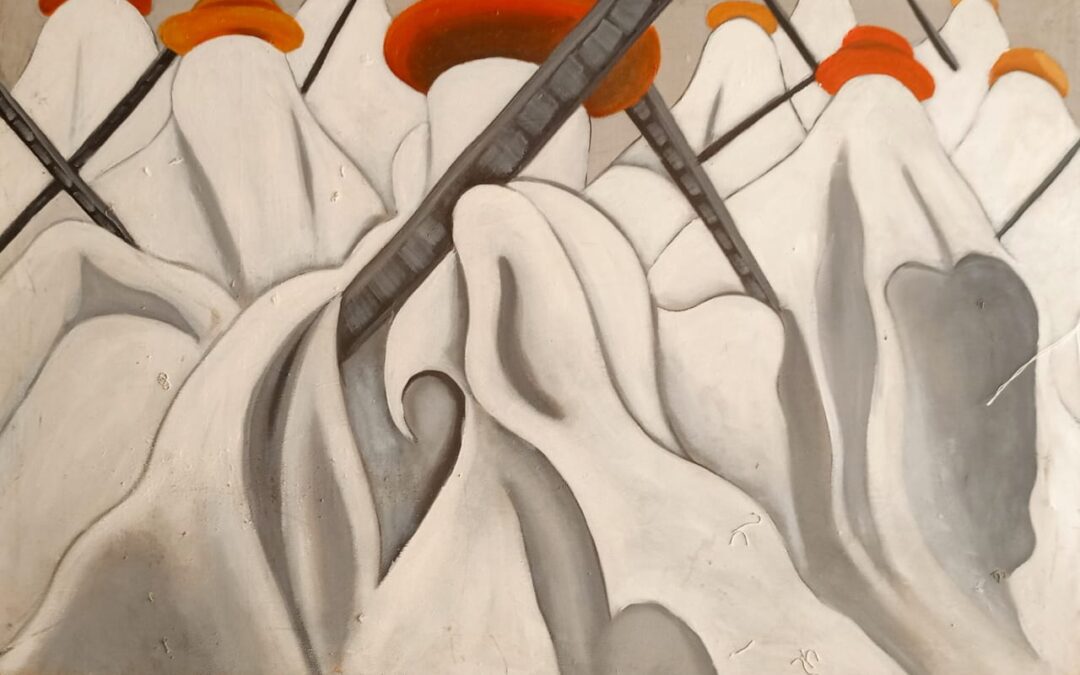Introduction: African art is a captivating realm filled with vibrant colors, intricate patterns, and deep symbolism. As diverse as the continent itself, African art encompasses a rich tapestry of traditional and contemporary forms that reflect the history, cultural heritage, and creativity of its people. In this blog post, we will embark on a journey to explore the exquisite beauty, diverse mediums, and profound symbolism that make African art an integral part of the global artistic landscape.
Traditional African Art: Timeless Expressions of Culture Traditional African art forms, rooted in ancient traditions and customs, provide glimpses into the diverse cultural heritage of the continent. Here are a few prominent examples:
Sculpture: African sculptures, carved from materials such as wood, stone, or metal, portray a wide array of human and animal figures. From the elongated forms of the Senufo people in West Africa to the intricate facial features of the Makonde in East Africa, these sculptures depict religious deities, ancestral spirits, and important cultural narratives.
Masks: African masks, crafted with exceptional skill and artistic finesse, hold great significance in various rituals, ceremonies, and masquerades. Endowed with both spiritual and decorative value, masks often represent spirits, ancestors, or mythical creatures, allowing wearers to embody and communicate with these entities.
Textiles and Adornments: African textiles, renowned for their vivid colors and intricate patterns, play a key role in cultural identity and self-expression. Fabrics like kente, bogolanfini (mudcloth), kanga, and adire are adorned with symbolic motifs, social messages, and ancestral stories. Additionally, beaded jewelry, body adornments, and intricate hairstyles further reflect African creativity and pride.
Contemporary African Art: Shaping the Modern Narrative As the African continent continues to evolve, so does its art scene. A new wave of contemporary African artists is breaking boundaries, challenging stereotypes, and offering fresh perspectives on identity, history, and social issues. Here are a few noteworthy developments:
Visual Arts: Contemporary African artists embrace various mediums, including painting, sculpture, installations, and mixed media. Many artists, such as El Anatsui, Otobong Nkanga, and Kehinde Wiley, blend traditional techniques with modern concepts to create thought-provoking artworks that address global issues, cultural heritage, and personal experiences.
Photography and Film: African photographers and filmmakers are gaining recognition for their powerful storytelling abilities. Through their lenses, they capture the beauty, struggles, and resilience of African communities, shedding light on social, political, and environmental subjects. Artists like Zanele Muholi, Pieter Hugo, and Wanuri Kahiu challenge perceptions and redefine African narratives through their visual storytelling.
Global Impact and Appreciation African art has transcended borders and fostered global appreciation. Its influence can be seen in various art movements worldwide, as well as in the growing interest in collecting and showcasing African artworks in museums and galleries worldwide. African art auctions, such as those held by Sotheby’s and Bonhams, have brought attention to the incredible value and significance of African art in the global art market.
